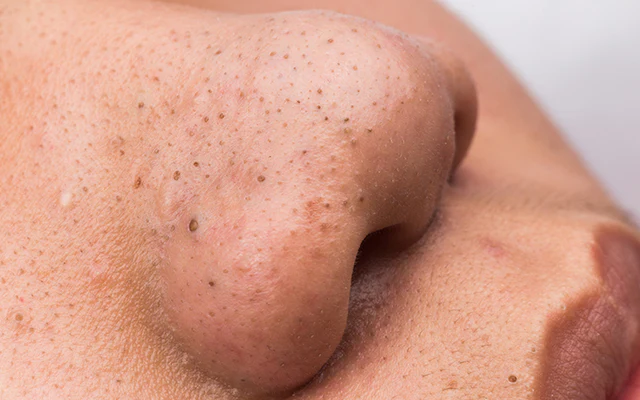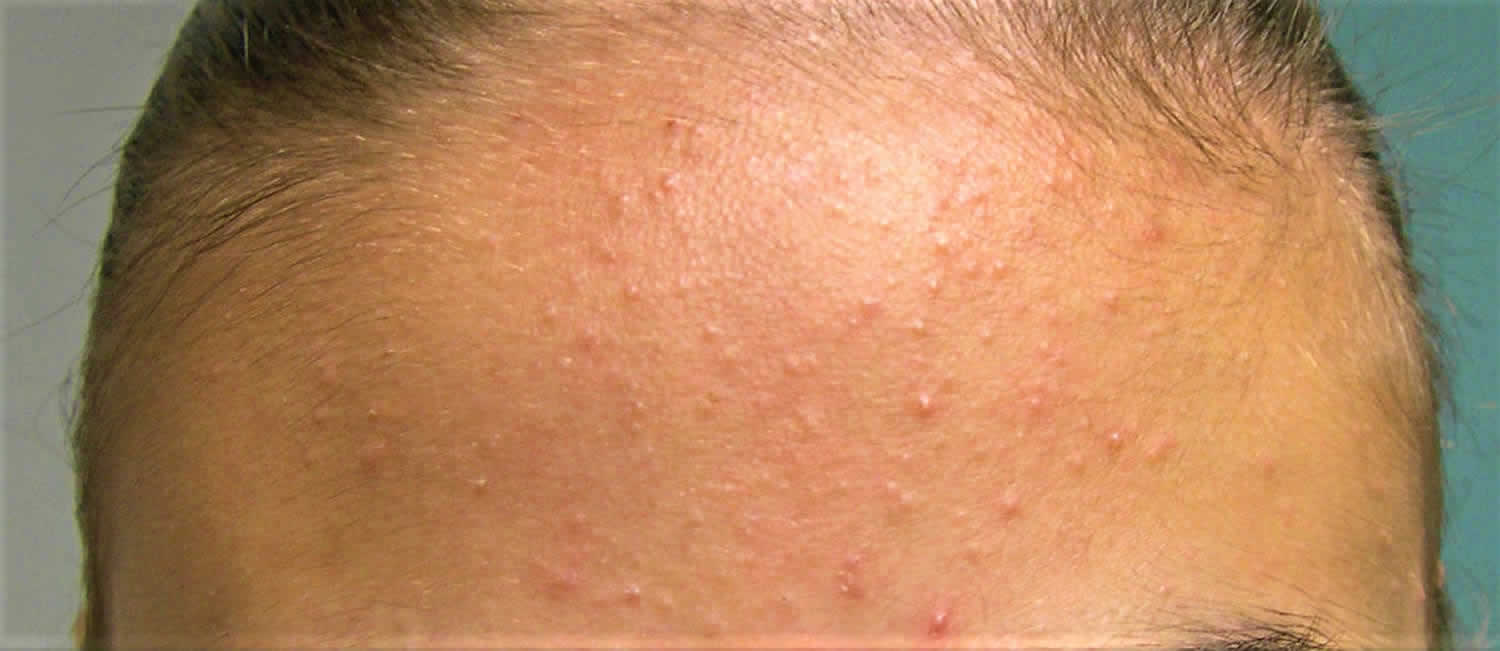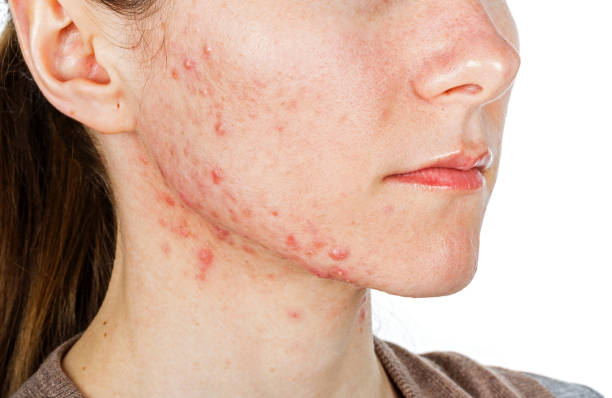Acne
What is Acne?
Before delving into treatment options for acne, it is important to understand the intricacies of this complex condition and it’s underlying causes, acne is a multi-factorial condition which will also require a 360 approach in order to heal.
Acne is a highly prevalent skin condition, affecting a significant portion of the global population—approximately 85%. Amidst the prevalence of social media filters that present flawless skin, it’s essential to remember, not everything you see is real life. It can affect anyone and everyone, it doesn’t just affect teen skin, adults can be affected also.
Acne is characterized by the presence of various types of spots or pimples, ranging from comedones like blackheads and whiteheads to inflamed lesions such as papules (lacking pus) or pustules (containing pus) and more severe nodules or cysts.
It is crucial to try and catch the acne early on to begin treatment, lifestyle changes and to also help prevent long-term scarring to the skin.
WHAT CAUSES ACNE?
It’s important to note that the causes of acne can vary from person to person, and not everyone will be affected by all these factors. The severity of acne can also differ greatly, ranging from mild to severe.
Excess Sebum Production: Sebaceous glands in the skin produce sebum, an oily substance that helps lubricate and protect the skin. In individuals prone to acne, these glands may produce an excessive amount of sebum, leading to oily skin and clogged pores.
Clogged Pores: Dead skin cells continuously shed from the skin’s surface. When these cells mix with the excess sebum, they can clog the hair follicles, creating an environment where bacteria can thrive.
Bacterial Involvement: The skin naturally contains bacteria, including Propionibacterium acnes (P. acnes). When trapped in clogged pores, P. acnes can multiply rapidly and trigger an immune response, leading to inflammation.
Hormonal Changes: Hormonal fluctuations, particularly during puberty, menstruation, pregnancy, and certain medical conditions (e.g., polycystic ovary syndrome), can influence sebum production and increase the likelihood of acne development. Androgens, including testosterone, play a significant role in these hormonal changes.
Genetics: Acne can run in families, indicating a genetic predisposition to the condition. If a person’s parents or close relatives had acne, they might be more prone to experiencing it as well.
Diet: While the relationship between diet and acne is not entirely clear, some studies suggest that high-glycemic-index foods and dairy products might exacerbate acne in certain individuals.
Stress: High-stress levels can lead to hormonal imbalances that might worsen acne symptoms.
Acne lesion lifecycle
Every grade of acne will have a different life span, so in order to begin the healing journey, you should know which type of acne you are suffering from.
The severity of the acne will differ from person to person, and so does the treatment. In the case of mild to moderate acne, with the right products and support, it can take around 6-8 weeks to recover, where as cystic acne may last for weeks to months.
The Early Stage – It is hard to notice the onset of acne. The process is quite microscopic for most of us to even see it. This is how the acne affair begins and can take 90 days to form!
An acne lesion begins when an increase in the androgen hormone testosterone occurs. This increase can stimulate the 5-alpha reductase enzyme, which metabolises testosterone into dihydrotestosterone (DHT), which can then stimulate the sebaceous glands to produce excess sebum.
The Middle Stage – This is the phase when acne begins to grow and expand. With the presence of 5-alpha-reductase enzyme this causes the excess sebum to become ‘sticky’ in texture and mixes with old skin cells (corneocytes) to form a blockage within the follicle.
Once clogged, the lifecycle continues. The P.Acne bacteria is anaerobic which means it thrives in an oxygen-free environment and its main food source is sebum. In which case, with the copious quantity of excess sebum, oxygen is unable to enter the pore freely, making it the perfect place for the bacteria to call its home
The Final Stage – As the lifecycle continues, our skins autoimmune system attempts to fight the bacterial infection with white blood cells. This is why this leads to pus containing lesions as our body forms pus with bacteria, tissues and white blood cells when it is responding to infection. If the inflammation continues, this is then spread to the deeper layers which can cause nodular or cystic acne.
Different types of acne
Grade I – Comedonal Acne / The presence on non-inflammatory lesions including closed comedones (whiteheads) and open comedones (blackheads) plus the occasional papule or
Grade II – Mild Acne Vulgaris / The presence on non-inflammatory lesions including closed comedones (whiteheads) and open comedones (blackheads) plus the occasional papule or
Grade III – Moderate Acne Vulgaris / The presence of open and closed comedones plus large numbers of inflamed papules and pustules plus the occasional nodule or cyst.
Grade IV – Severe Acne Vulgaris / The presence of a
DOES DIET & LIFESTYLE IMPACT ACNE?
Yes! While our diet isn’t responsible for the formation of acne, it will influence it. Common triggers are usually foods containing dairy, refined sugars & gluten. It is crucial to incorporate a diet of whole plant-based foods for gut diversity & to enhance the skin’s capacity to fight infection and heal itself.
Lifestyle factors will also have an impact, whether that being a stressful job or not taking much time for yourself… This isn’t a one size fits all answer, which is why it is crucial to work with a specialist.
CAN YOU HAVE ACNE TREATMENTS WHILE PREGNANT?
When pregnant, this does limit you on what treatments and active ingredients you can use in products, but with that being said, here at SBCM, we offer the BYONIK PTL laser device, which is our go-to for acne and is safe to use while pregnant and thereafter.
Ready to begin your journey?
If acne is a concern for you, we can help. Get started today, click the link below.
Want to know the tea?



